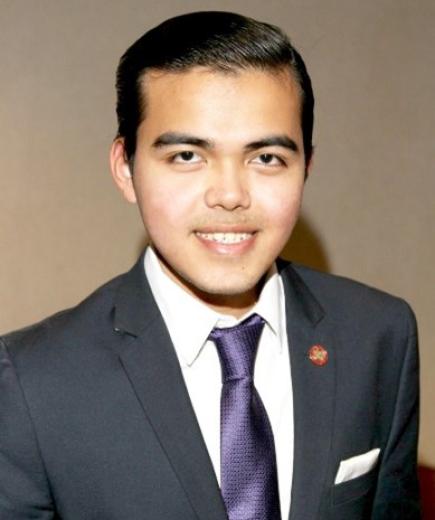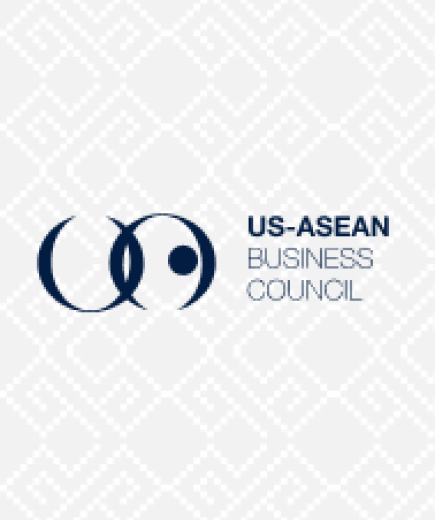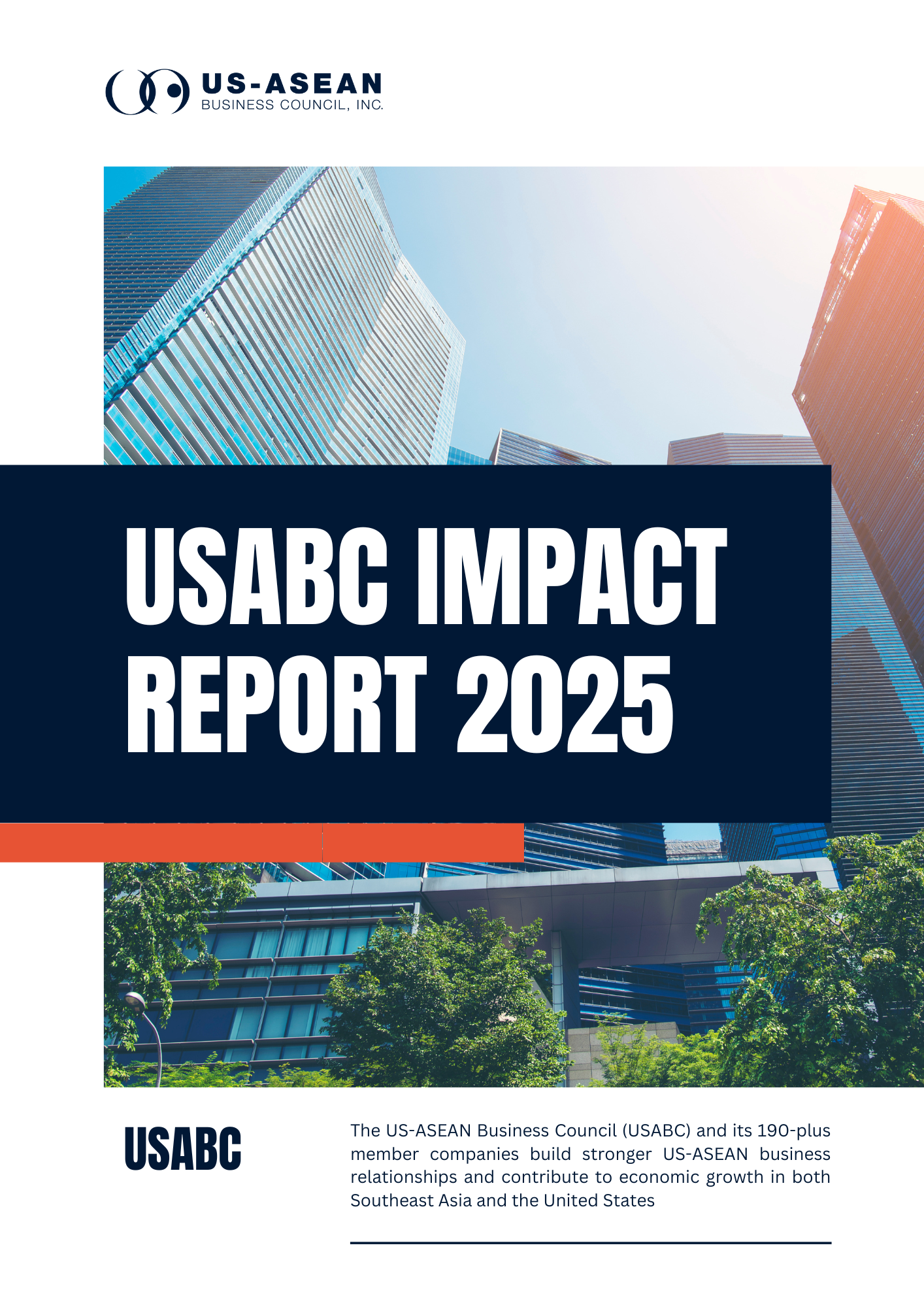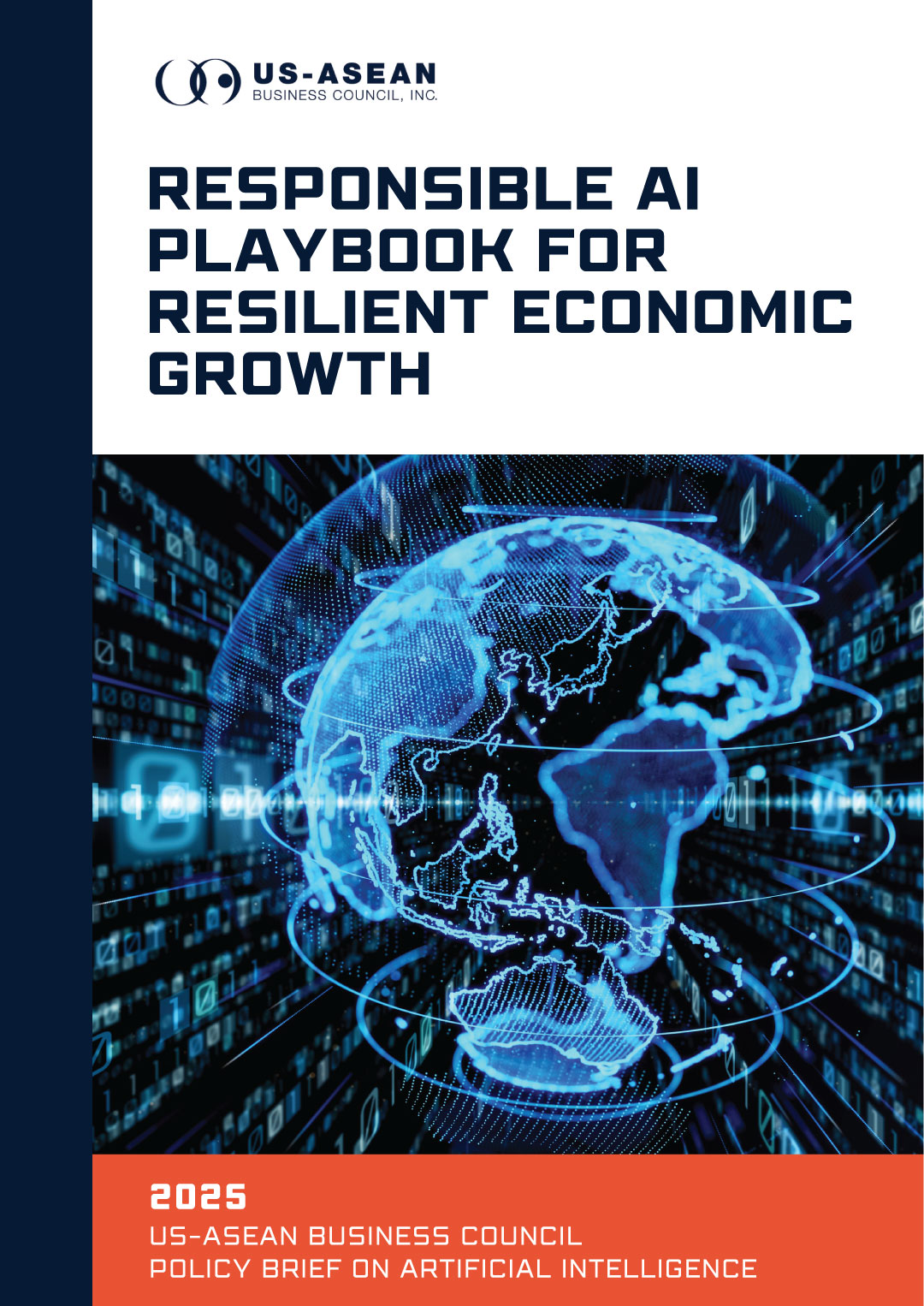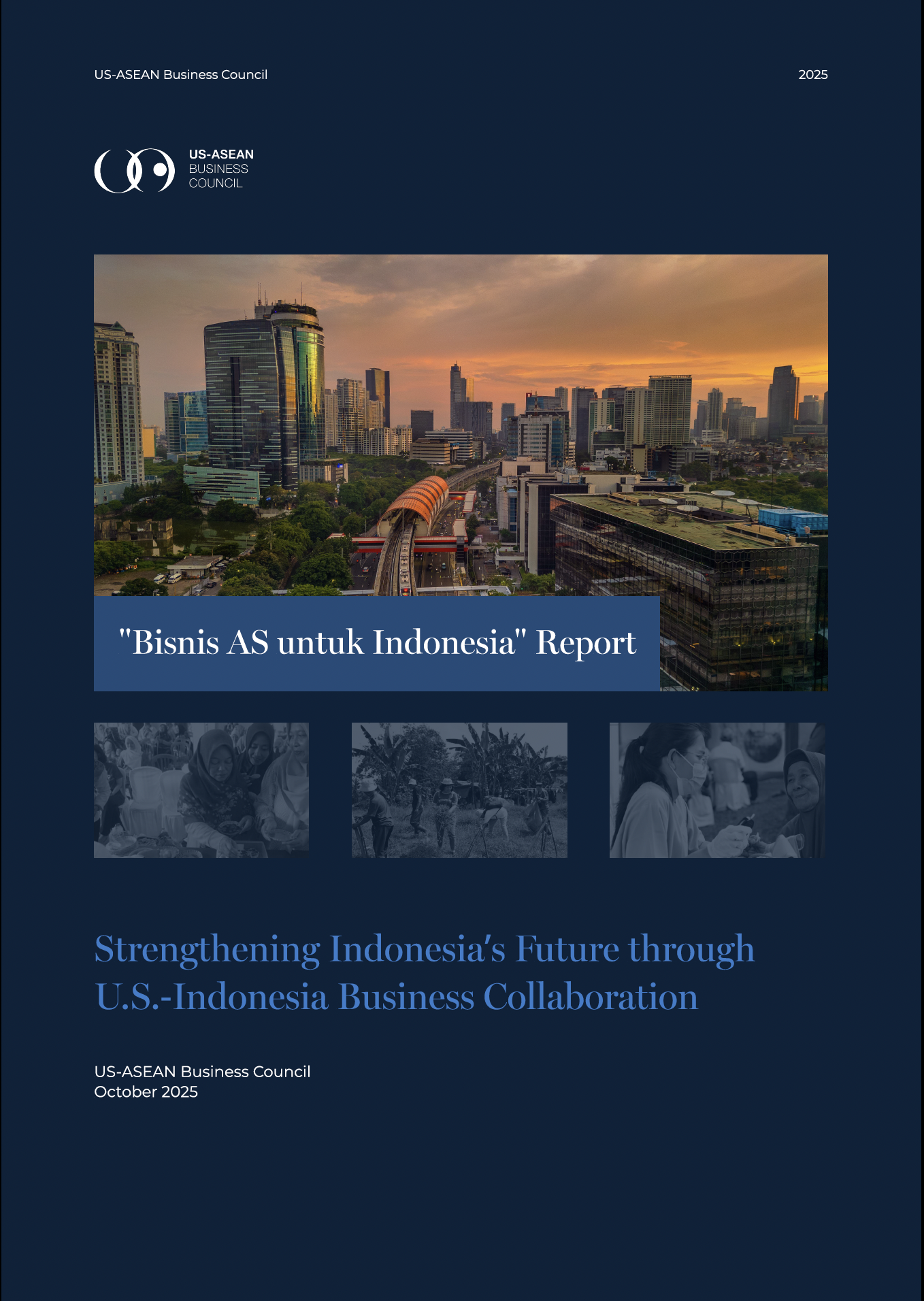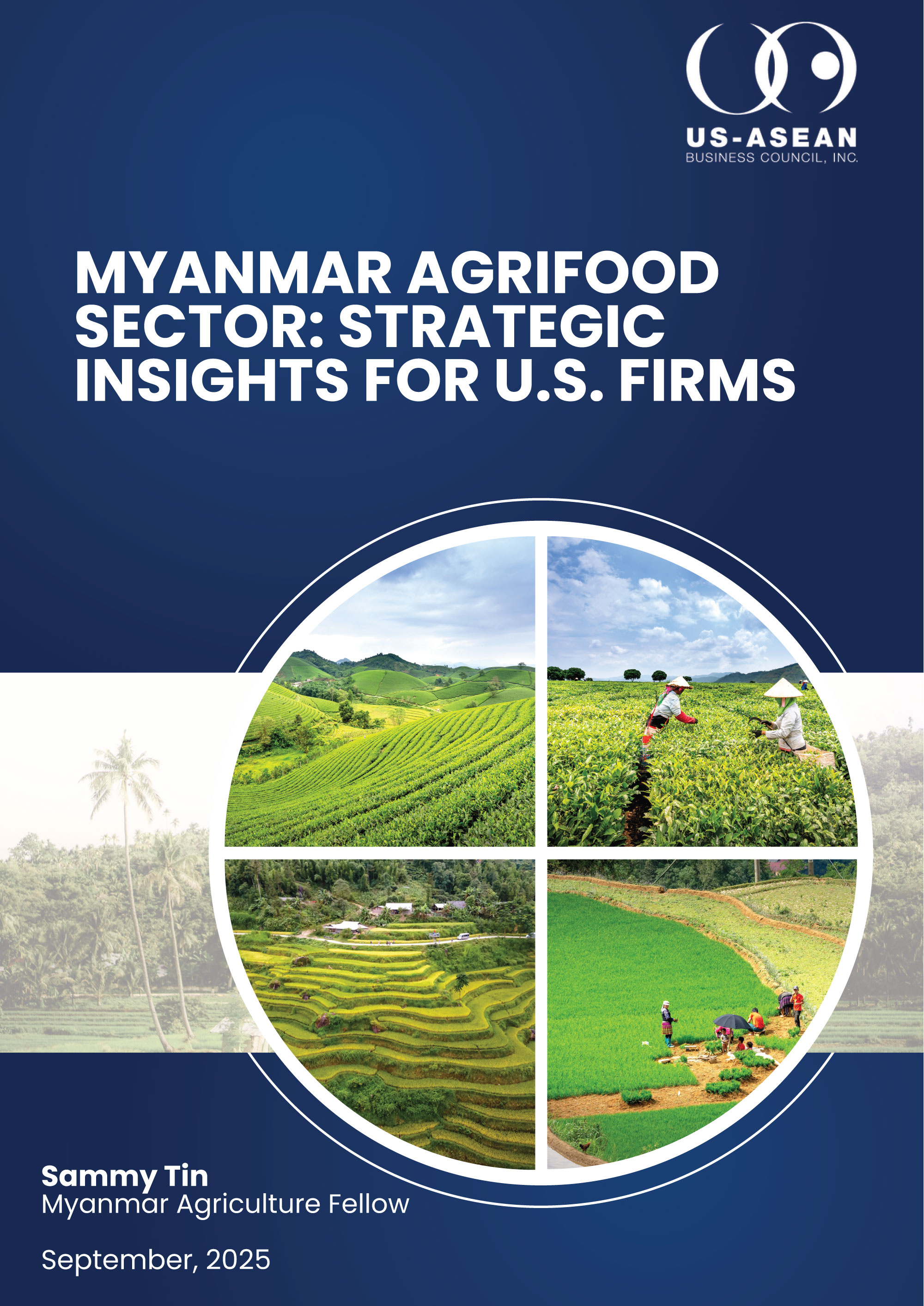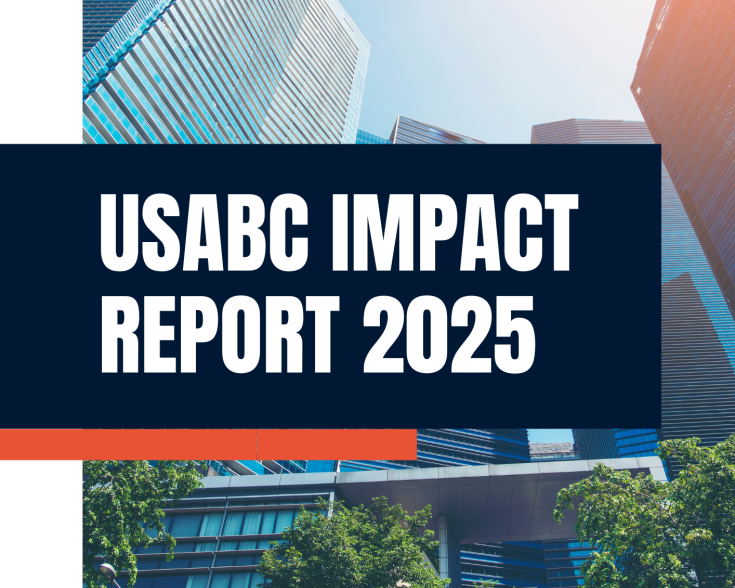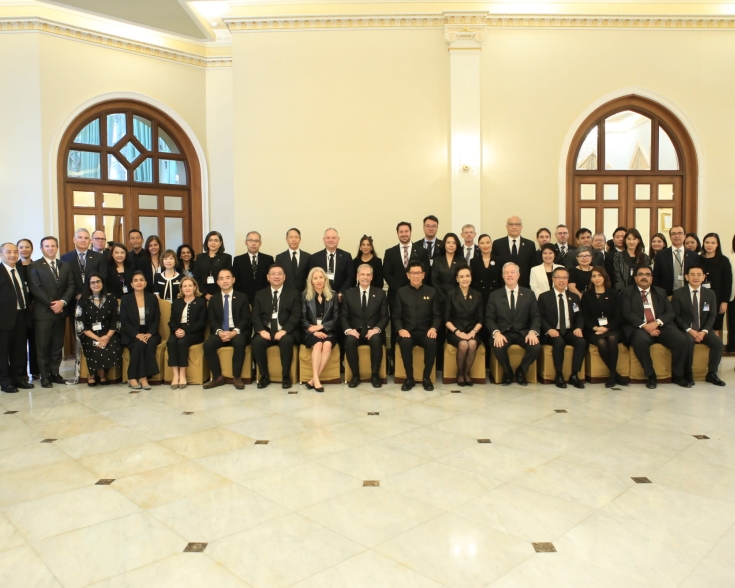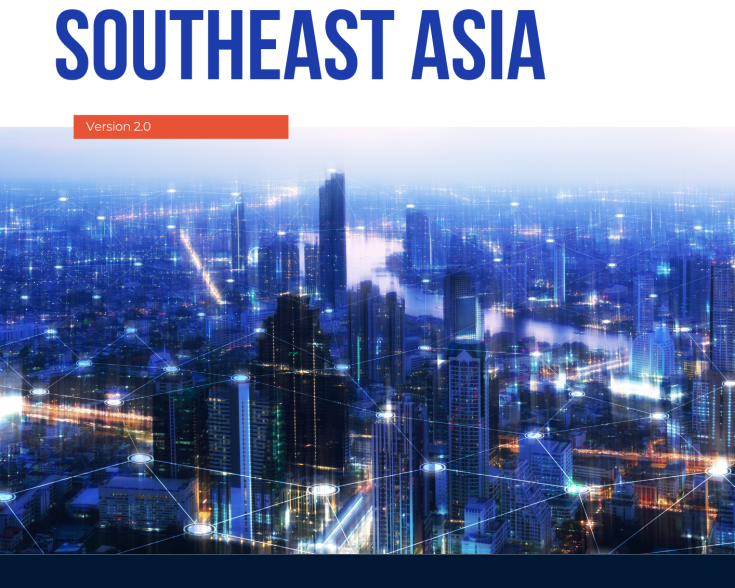Lashio Handover: The China Factor and the Impact on Broader Resistance
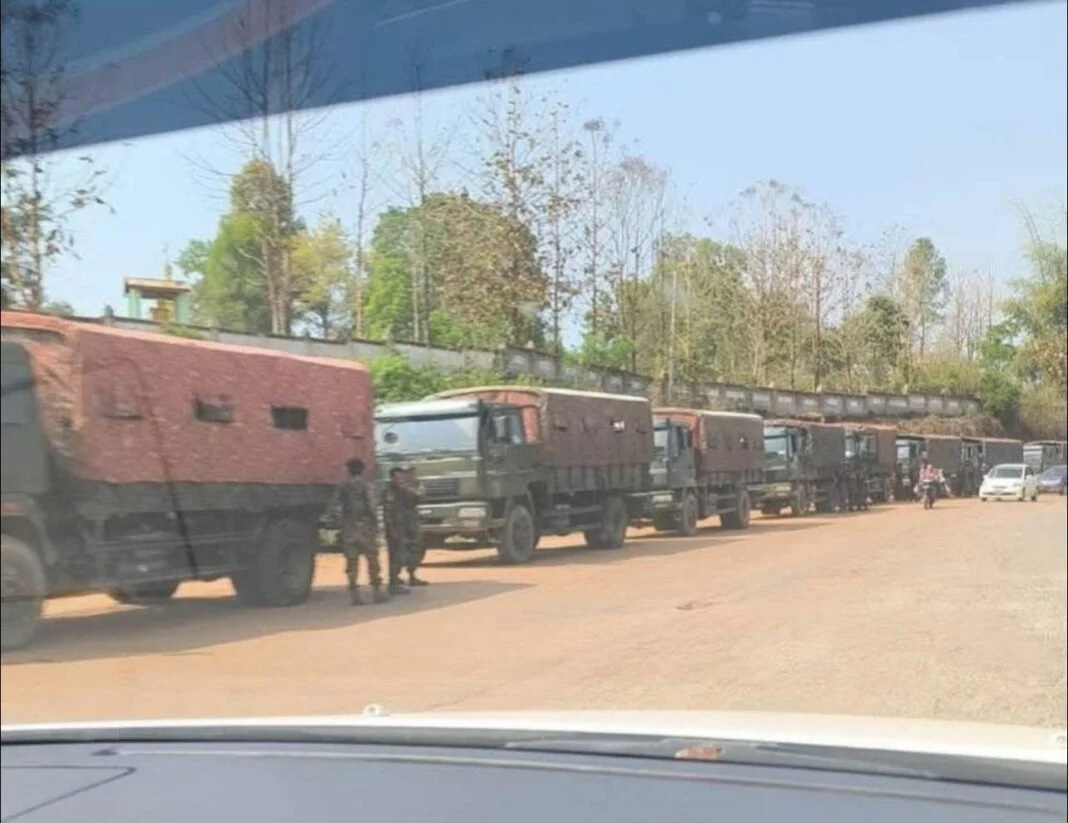
While leading relief efforts after the earthquake, China has also stepped up its intervention in Northern Shan State. Eight months after the fall of Lashio to the Kokang ethnic armed group, Myanmar National Democratic Alliance Army (MNDAA), the momentum has shifted in favor of the military. Following ceasefire mediation and consistent pressure from China from commodities blockage to even reportedly detaining MNDAA’s leadership, on April 22, the MNDAA officially transferred administrative control of Lashio back to the SAC. A Chinese foreign ministry spokesperson stated both sides praised China for its role as mediator and expressed gratitude. Additionally, in a rather unprecedented move since the coup, China sent a ceasefire monitoring delegation led by Special Envoy Deng Xijun to Lashio. Although the terms and conditions of the agreement remain secretive, Myanmar Now, citing an internal source, reports that the military will now govern 12 wards housing around 300,000 people, while the MNDAA retains control of 450 surrounding villages. However, military forces are prohibited from deploying beyond A Ti Bridge, Ei Naing Bridge, and Man Han village, located to the north, west, and south of the town, respectively.
With the MNDAA’s retreat, challenges remain as to administrative functions and capacity of the SAC. There is an urgent shortage of medical supplies and administrative equipment in Lashio upon MNDAA’s retreat. A local resident, in a media interview, claimed that the MNDAA took equipment from Lashio General Hospital, schools, and administrative offices during their withdrawal. An MNDAA health department staff clarified through its media mouthpiece that only 20 percent of medical devices and medicines were taken to Hseni in order to keep treating patients during the 1-week gap with administrative transfer. The staff also stated the withdrawal was a result of “political pressure”, implicitly referring to China.
It remains unclear whether new border trade arrangements will follow, as MNDAA still controls key trade routes. After Operation 1027 Phase-1, a revenue-sharing agreement was reportedly made, with the SAC receiving 30% of border taxes at Chinshwehaw gate and the Kokang group receiving the rest. In January this year, China reopened border trade posts in MNDAA-held areas, though restrictions remain on movement and goods.
While the military has regained control of Lashio town, the surrounding areas remain under both the MNDAA and another Brotherhood Alliance member, Ta’ang National Liberation Army (TNLA) control. It is uncertain whether the Northeastern Command Headquarters, relocated to Mongyai in August 2024, will return to Lashio.
With the MNDAA yielding to Chinese pressure, attention now turns to the TNLA, which continues engaging in battles with the Myanmar military in Nawnghkio township. The latest ceasefire talks held on April 28–29 failed after the Myanmar military demanded that the TNLA withdraw from Nawnghkio, Kyaukme, Hsipaw, Mogoke, and Mongmit towns to its original Palaung Self-Administered Zone. As noted in our past update, ceasefire negotiations could be complicated by 2008 constitutional constraints, which limit the recognized area of Palaung EAO control to just around one-sixth of the territory it currently holds following Operation 1027 Phase 2. Talks are more likely to gain traction once the military has regained sufficient territory for itself, potentially including Nawnghkio town fallen to the TNLA in June last year, which could allow it to maintain stronger leverage at the negotiation table.
While it remains to be seen whether the TNLA will yield to Chinese pressure in the next round of ceasefire talks, the outlook appears increasingly unfavorable for the Ta’ang EAO, especially if the agreement with the MNDAA holds, limiting its collective bargaining power, and logistical restrictions from the Chinese side. As one Myanmar analyst noted, EAOs like the TNLA lack robust revenue streams and depend heavily on taxation of local business and traffic along the Mandalay–Muse highway which could be constrained with fighting along the highway. Limited resources could be further exacerbated by China closing the Namkham border gate last year, limiting the commodities flow to the TNLA-controlled area.
This evolving situation also underscores how resistance momentum has become increasingly subject to China’s strategic interests, which could potentially complicate future alliance formation and coordination between the NUG, EAOs, and other anti-junta forces. Mainland resistance groups such as the Bamar People Liberation Army (BPLA), and NUG-affiliated the Mandalay PDF fought alongside MNDAA in the battle for Lashio, and the city's handover to the military is likely to cause discontent within the broader mainland border resistance coalition. The event also serves as a reminder that time may not be on the side of mainland opposition groups in sustaining resistance momentum. Key EAOs such as the Arakan Army and TNLA, both of which have driven much of the momentum through Operation 1027 Phases 1 and 2, appear likely to pursue ceasefire negotiations once they have secured sufficient territorial ground and political capital. Such timing may not align with the interests or readiness of the broader resistance movement.
